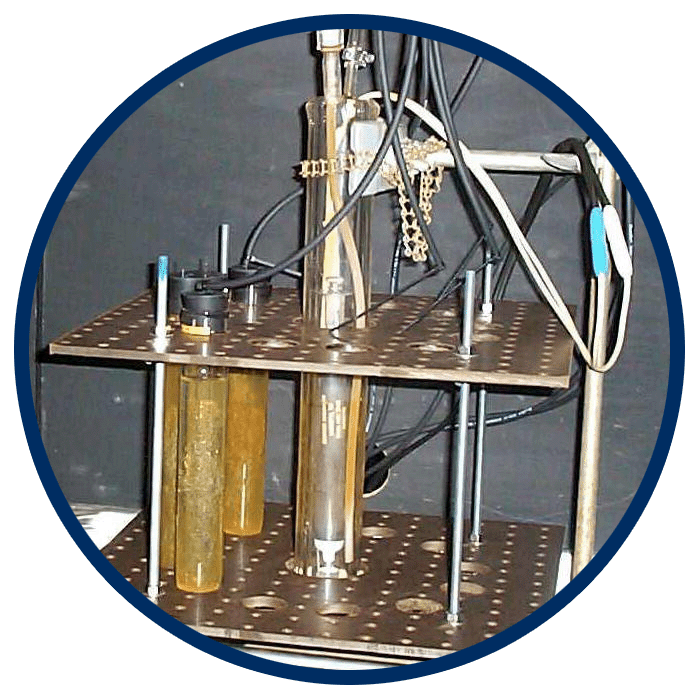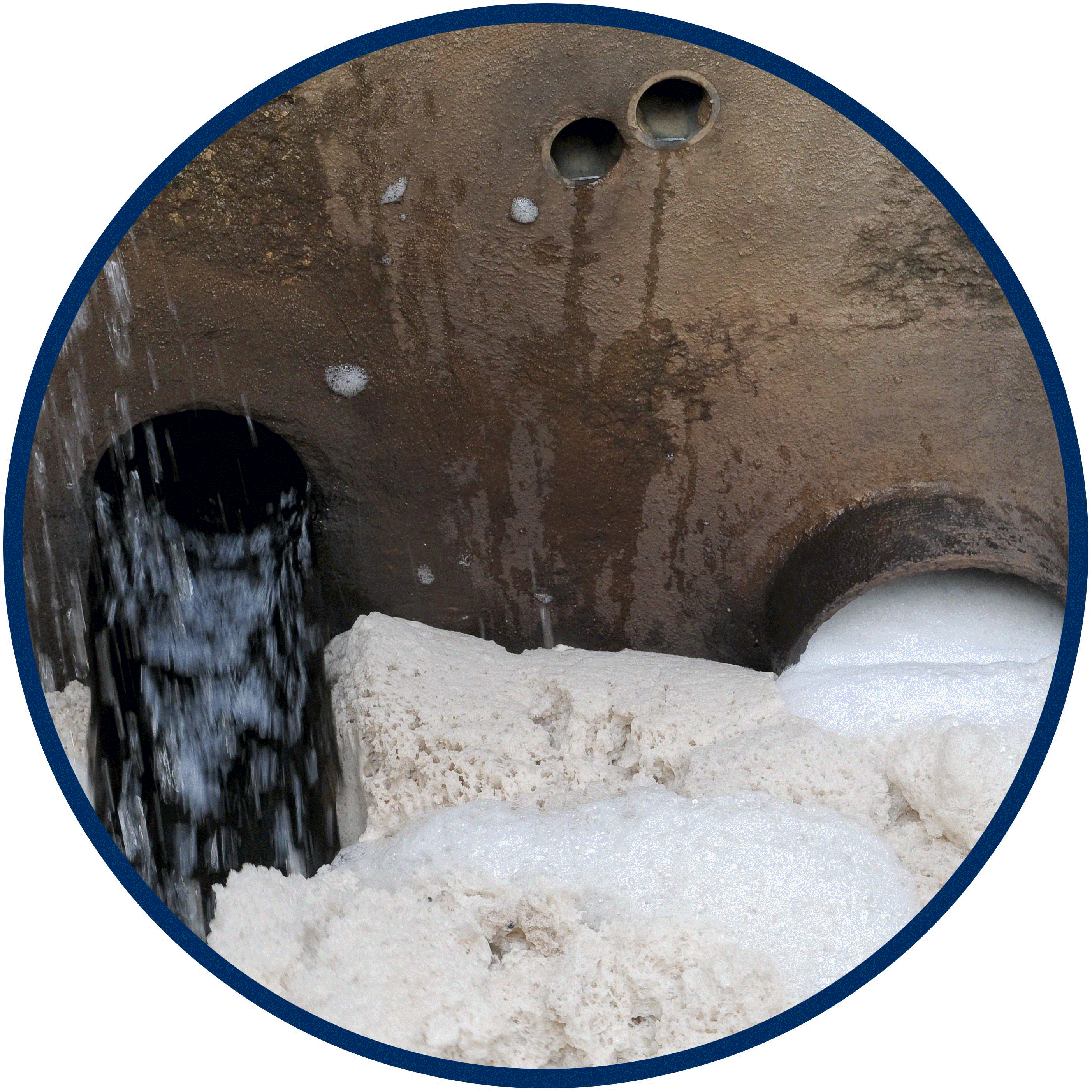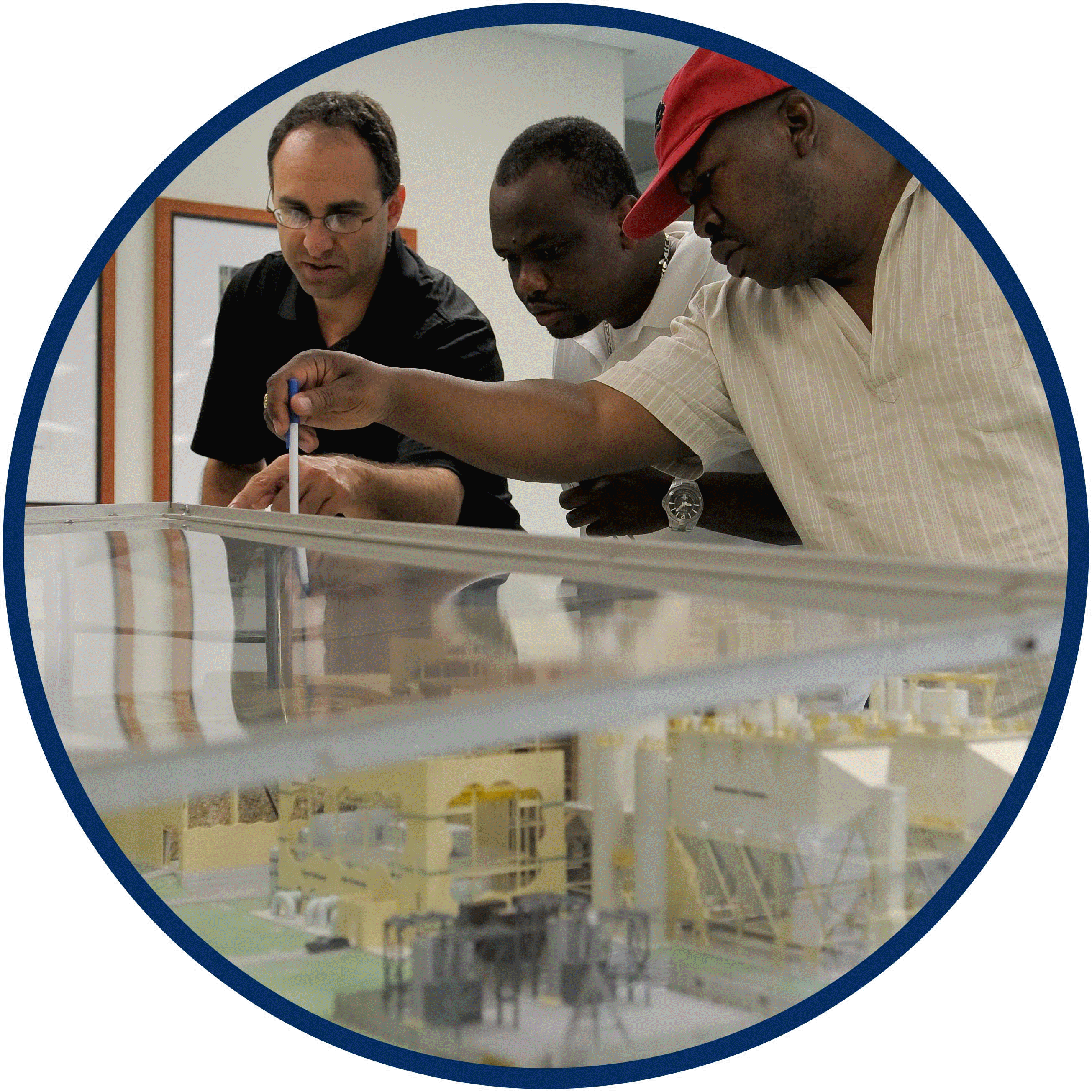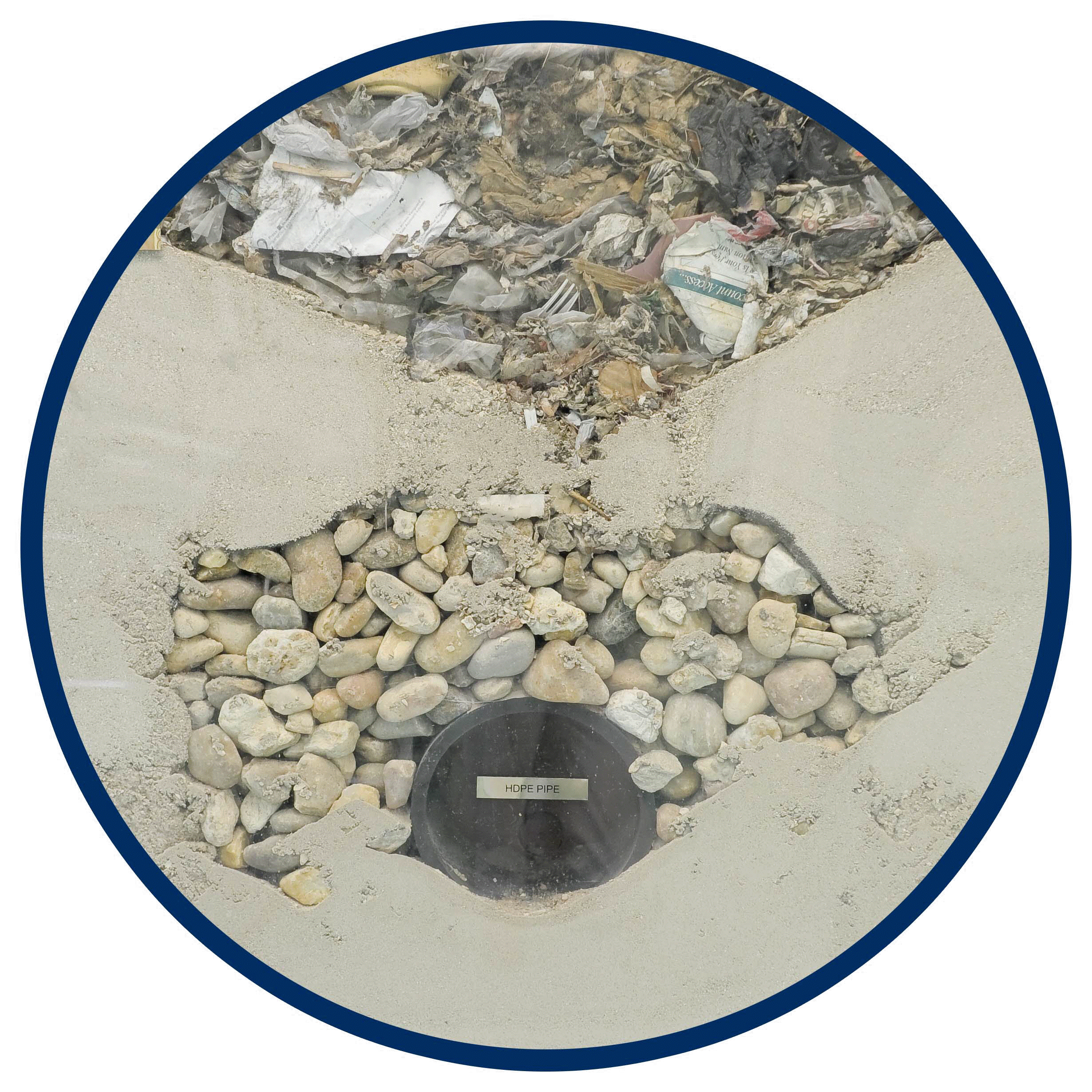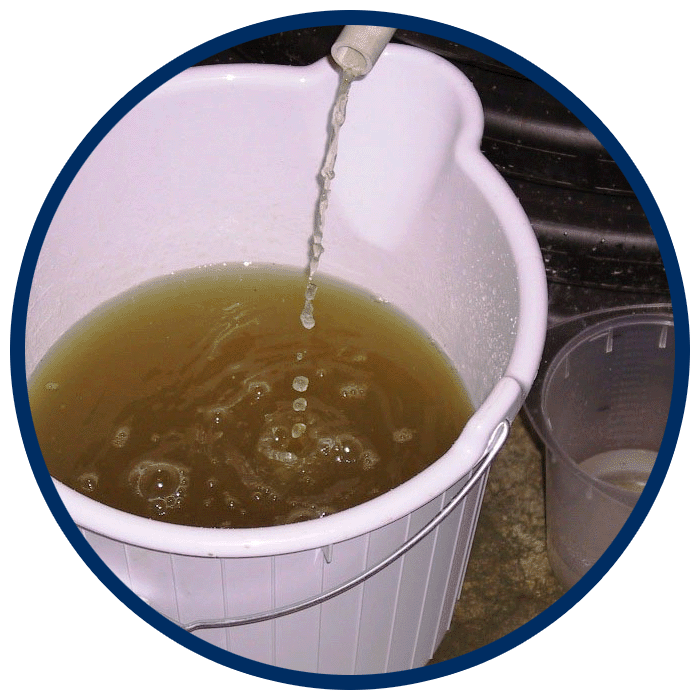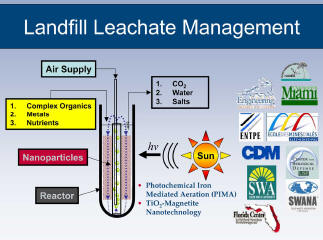"DETECTION
OF NUISANCE ODORS USING ODOR BINDING PROTEIN SENSOR"
In 2021, the
Bill Hinkley Center for Solid and Hazardous Waste
Management funded another study to continue development of the
novel biosensor technology using human odorant binding protein
(hOBP2A) that has the potential to objectively and rapidly measure
odor concentrations in real-time.
In 2017, the
Environmental Research
and Education Foundation funded FAU Lab.EES to investigate a
novel biosensor technology that has the potential to objectively and
rapidly measure odor concentrations in real-time, transforming how
nuisance odors are monitored and regulated. (Report)
The
Bill Hinkley Center for Solid and Hazardous Waste
Management also funded a follow up study in 2017 to find ways to
improve odor detection including development of
a novel technology that uses human odor binding
proteins to quantify odors in a project
entitled, "Development
of a Biosensor for Measuring Odorants in the
Ambient Air Near Solid Waste Management
Facilities."
"SUPPORT
FOR REGIONAL COMMUNITY ANAEROBIC DIGESTION FOR ORGANIC WASTE
DIVERSION"
The
United States Environmental Protection
Agency funded a study to develop solutions
to transform food waste into sustainable energy
resources at wastewater treatment facilities so
that communities across the country can benefit
from anaerobic digestion to reduce food waste
and loss.
"MANAGEMENT
SOLUTIONS FOR LEACHATE BIOGEOCHEMICAL CLOGGING"
The
Bill Hinkley Center for Solid and Hazardous Waste
Management funded a followup study to the Lab.EES work on
leachate clogging control technologies and
understanding of leachate clogging mechanisms.
"INVESTIGATION
OF ELECTROCHEMICAL OXIDATION FOR TREATMENT OF
LANDFILL LEACHATE"
In 2017, the
Bill Hinkley Center for Solid and Hazardous Waste
Management and FAU Lab.EES teamed up to test electrochemical
oxidation for
treating leachate from landfills.
"BENEFICIAL
REUSE SOLUTIONS FOR LANDFILL OPERATIONS AND MANAGEMENT"
In 2016, the
Bill Hinkley Center for Solid and Hazardous Waste
Management funded FAU Lab.EES to investigate organic waste
diversion to anaerobic digestion and its impact on landfill gas
recovery and landfill economics.
"INVESTIGATION OF EFFECTIVE ODOR CONTROL STRATEGIES"
In 2015, the
Bill Hinkley Center for Solid and Hazardous Waste
Management and FAU Lab.EES teamed up to find ways to improve and
standardize odor identification, evaluate additional methods to
establish reasonable, objective standards for odor severity, and
explore other options for mitigation and detection including a novel
technology that uses human odor binding proteins to quantify odors.
"SAFE DISCHARGE OF LANDFILL LEACHATE TO THE ENVIRONMENT"
In 2013, the
Bill Hinkley Center for Solid and Hazardous Waste
Management and FAU Lab.EES teamed up to test alternatives for
treating leachate from partially closed or closed landfills so that
the treated water could be beneficially reused onsite or even
discharged to a surface water body. One candidate for this process
is the photooxidative reactor developed at FAU
Link to Youtube Video
"CRITICAL
EXAMINATION OF LEACHATE COLLECTION SYSTEM CLOGGING AT SWA DISPOSAL
FACILITIES"
In 2012, the
Solid Waste Authority
of Palm Beach County, the Bill Hinkley Center for Solid and Hazardous Waste
Management,
University of Florida and FAU Lab.EES teamed up to conduct
research on mechanisms and prevention of leachate collection system
clogging.
Video
of clogging experiment
video
of clog
"SUSTAINABLE
MANAGEMENT OF POLLUTANTS UNDERNEATH LANDFILLS"
In
2012, the Bill Hinkley Center for Solid and Hazardous Waste
Management issued a research grant to FAU Lab.EES to continue to
to develop a list of engineering management alternatives for
controlling the release of elevated levels of iron in the aquifer
beneath landfills. The objective of the research is to investigate
the key parameters governing reductive dissolution of iron and to
conduct laboratory experiments on methods such as groundwater
circulation well technology for iron removal from groundwater and
soils at landfill impacted sites.
"ONSITE
TREATMENT OF LEACHATE USING ENERGIZED PROCESSES"
In
2011, the Bill Hinkley Center for Solid and Hazardous Waste
Management issued a research grant to FAU Lab.EES to continue to develop
advanced oxidation processes for detoxification of landfill leachate.
Previous work funded by the Center has led to the development of
reactor prototypes for pilot scale testing. The objective of the
proposed research is to test the prototype reactors at pilot scale
for the removal of COD/BOD, ammonia, heavy metals, color, and
pathogens. |


